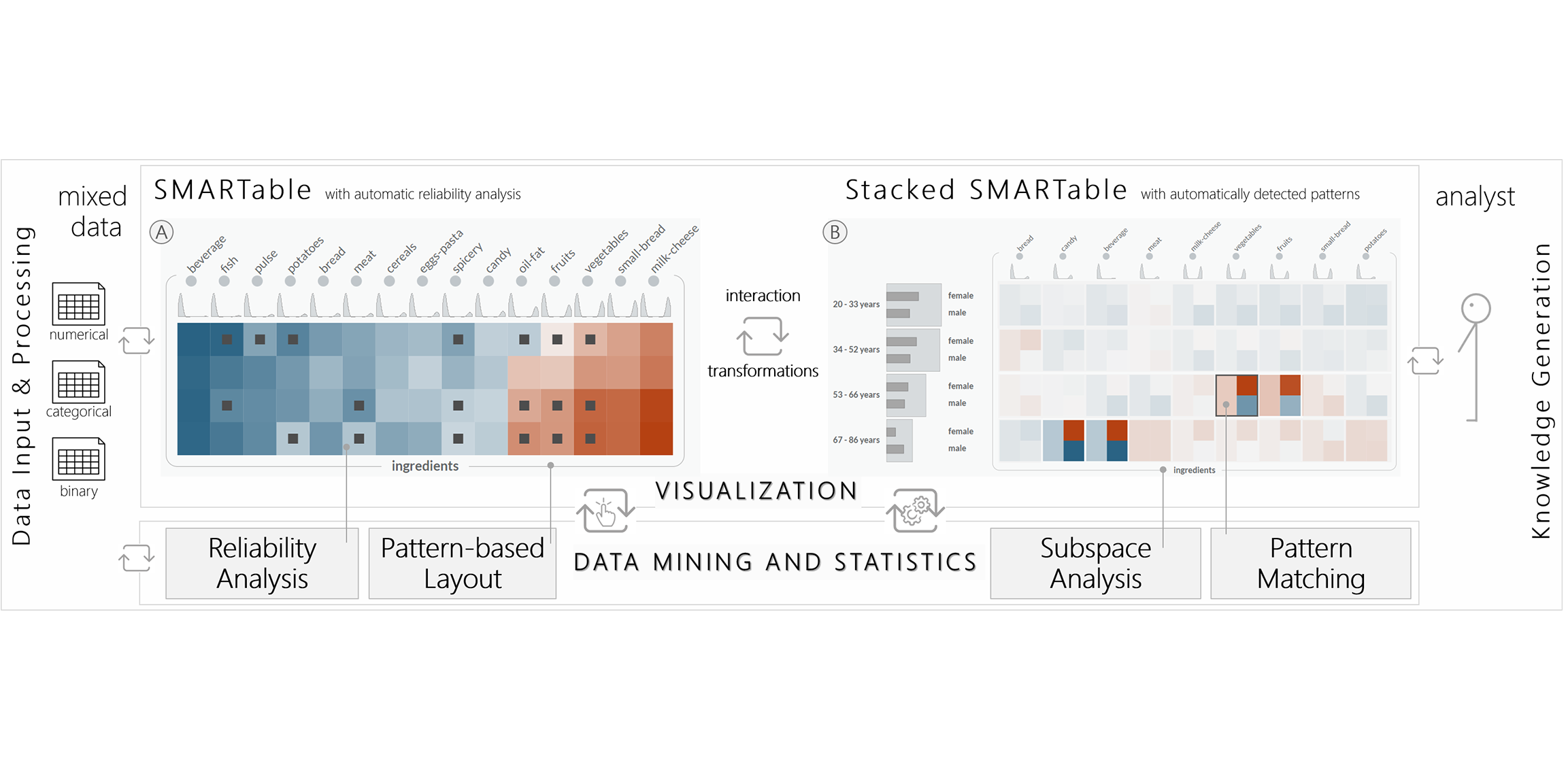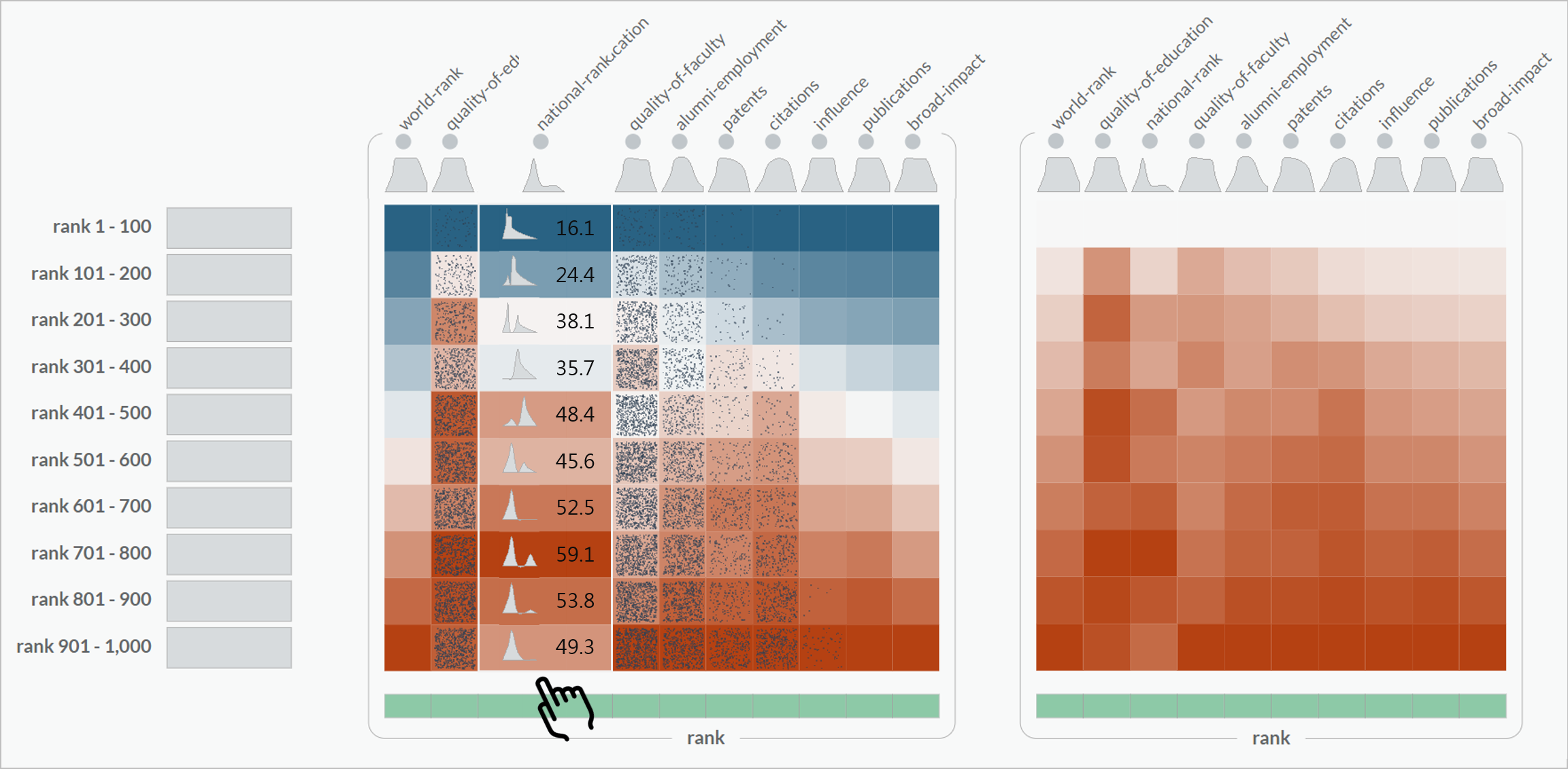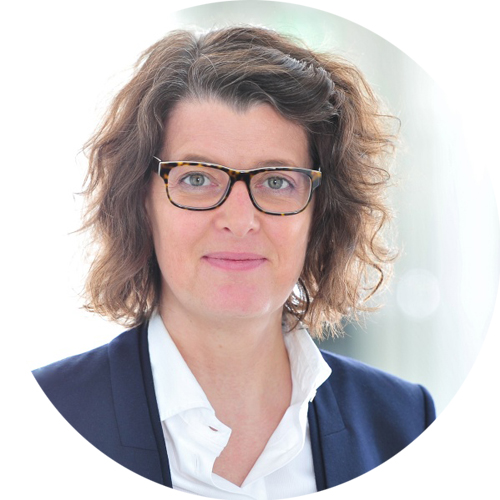Abstract
We present SMARTexplore, a novel visual analytics technique to simplify the identification and understanding of clusters, correlations, and complex patterns in high-dimensional data. The analysis is integrated into an interactive table-based visualization, keeping a consistent and familiar representation during the analysis. The visualization is tightly coupled with pattern detection, subspace analysis, reordering, and layout algorithms. To increase the analyst's trust in the revealed patterns, SMARTexplore automatically selects and computes statistical measures based on dimension and data properties. While existing approaches to analyze high-dimensional data (e.g., planar projections and parallel coordinates) have proven to be effective, they typically have steep learning curves for non-visualization experts. Our evaluation, based on expert case studies, confirms that non-visualization experts successfully reveal patterns in high-dimensional data when using the SMARTexplore technique.










